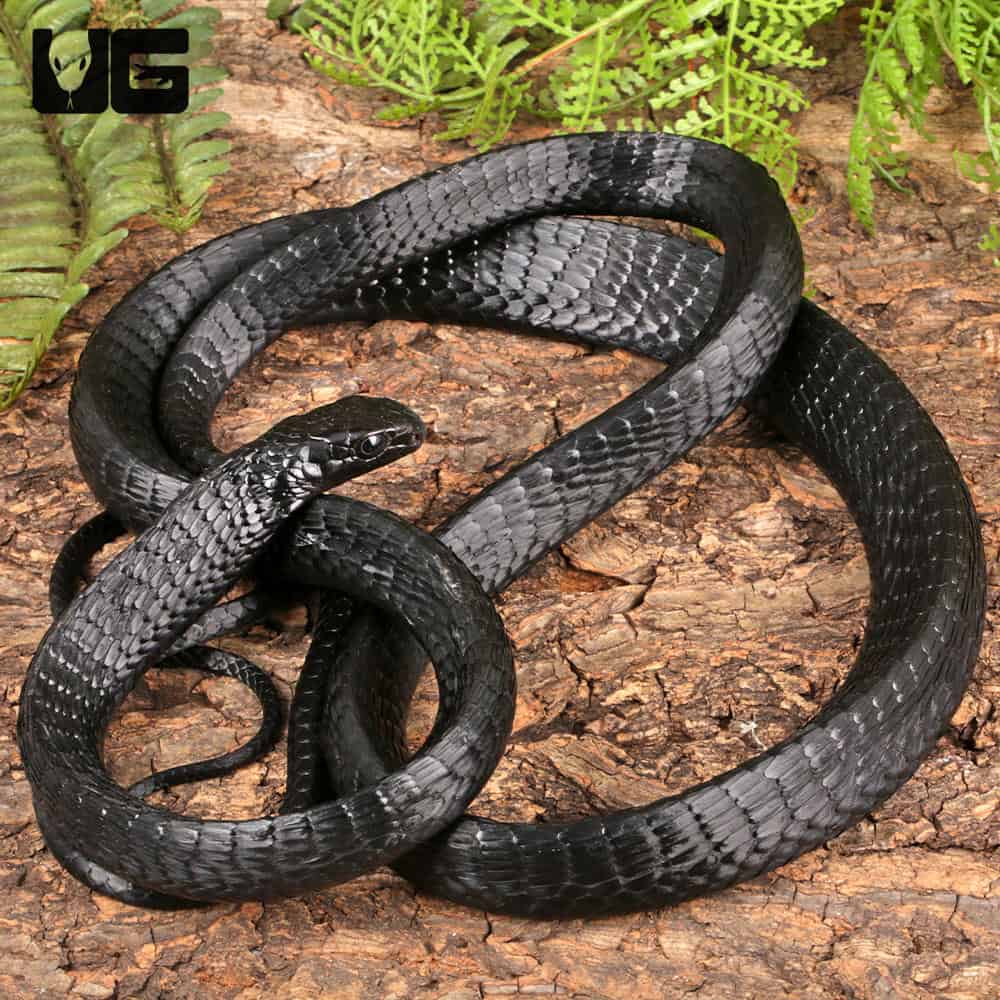Coal Black Tree Snake
Recently, a remarkable discovery was made in the lush rainforests of Papua New Guinea. Herpetologist Fred Kraus identified a new species of snake known as Dendrelaphis anthracina, or the coal black tree snake. This 4-foot, 8-inch reptile was found on Sudest Island, showcasing the rich biodiversity of the region. Kraus’s research also revealed three additional snake species endemic to other islands in the Louisiade Archipelago.
Discovery Context
Fred Kraus’s expedition aimed to explore the Dendrelaphis genus of tree-dwelling snakes. His observations revealed a poorly understood group of reptiles. The coal black tree snake was notably found in a dramatic encounter with a goshawk, denoting its defensive behaviour.
Newly Identified Species
The coal black tree snake is just one of four new species discovered. Kraus also identified:
- Dendrelaphis atra (atra tree snake) on Misima Island.
- Dendrelaphis melanarkys (black net tree snake) on Rossel Island.
- Dendrelaphis roseni (Rosen’s tree snake) on Woodlark Island.
Atra Tree Snake Features
The atra tree snake measures approximately 4 feet, 1 inch. It is distinguished by its matte black colour, white chin, and a change in hue from gray-brown in youth to black in adulthood. This species has been found in human-altered environments, indicating adaptability.
Black Net Tree Snake Features
The black net tree snake, measuring 4 feet, 11 inches, is identifiable by its smooth dark scales and orange eyes. Its name derives from its net-like pattern. This species inhabits both rainforests and human-made structures.
Rosen’s Tree Snake Features
The smallest of the newly identified species, Rosen’s tree snake, measures about 3 feet, 5 inches. It shares similar colouration changes with the atra tree snake. This species is also restricted to Woodlark Island.
Ecological Significance
The discovery of these snakes puts stress on the importance of biodiversity in Papua New Guinea. It raises questions about their evolutionary history and ecological roles. The geographic limitations of these species suggest they may have evolved in isolation, leading to unique adaptations.
Future Research Directions
Further studies are essential to understand the behaviours, diets, and breeding patterns of these newly discovered snakes. Their proximity to human activities presents opportunities and challenges for conservation efforts.
Month: Current Affairs - April, 2025
Category: Science & Technology Current Affairs








